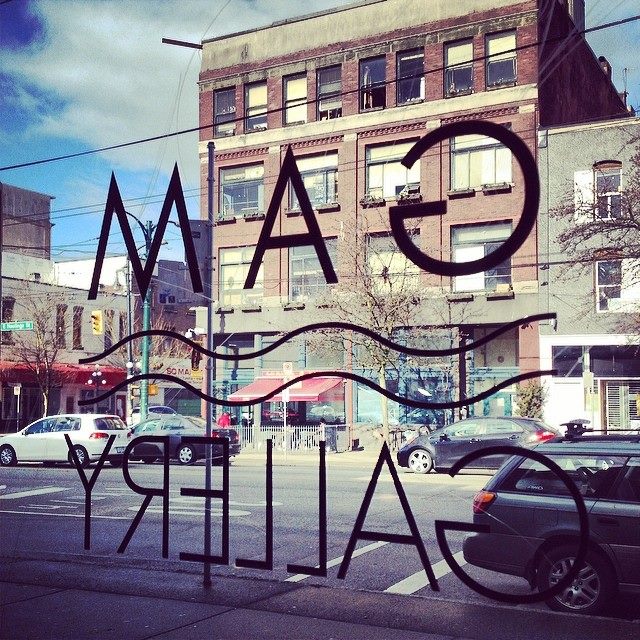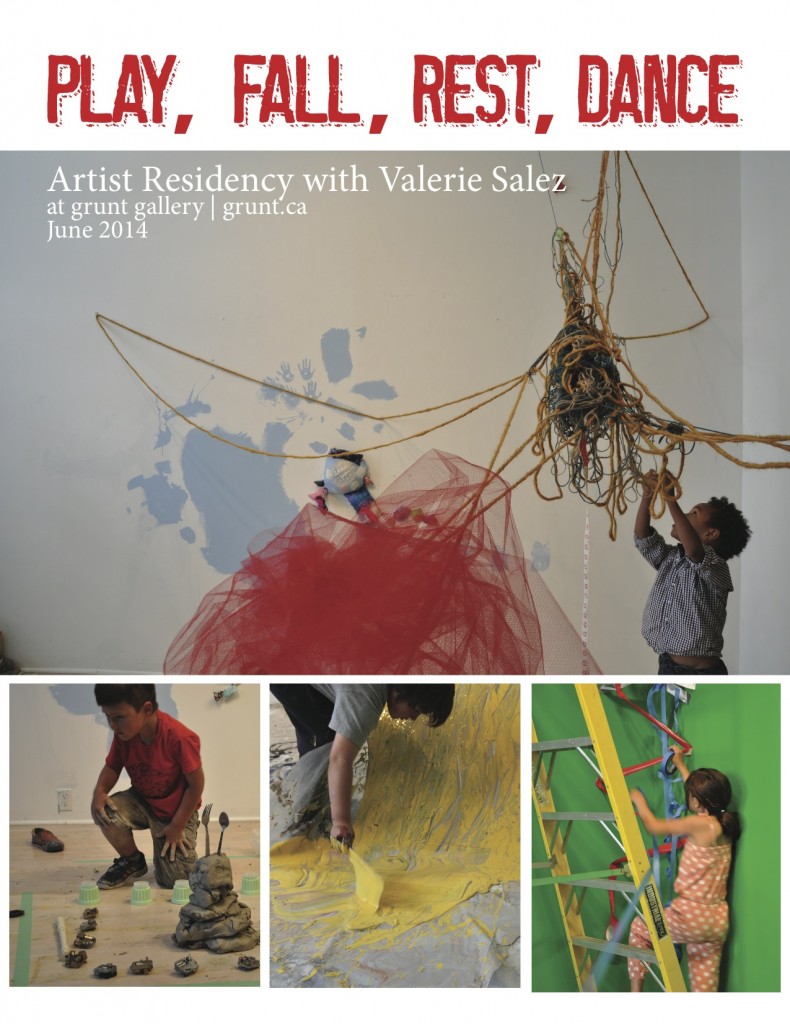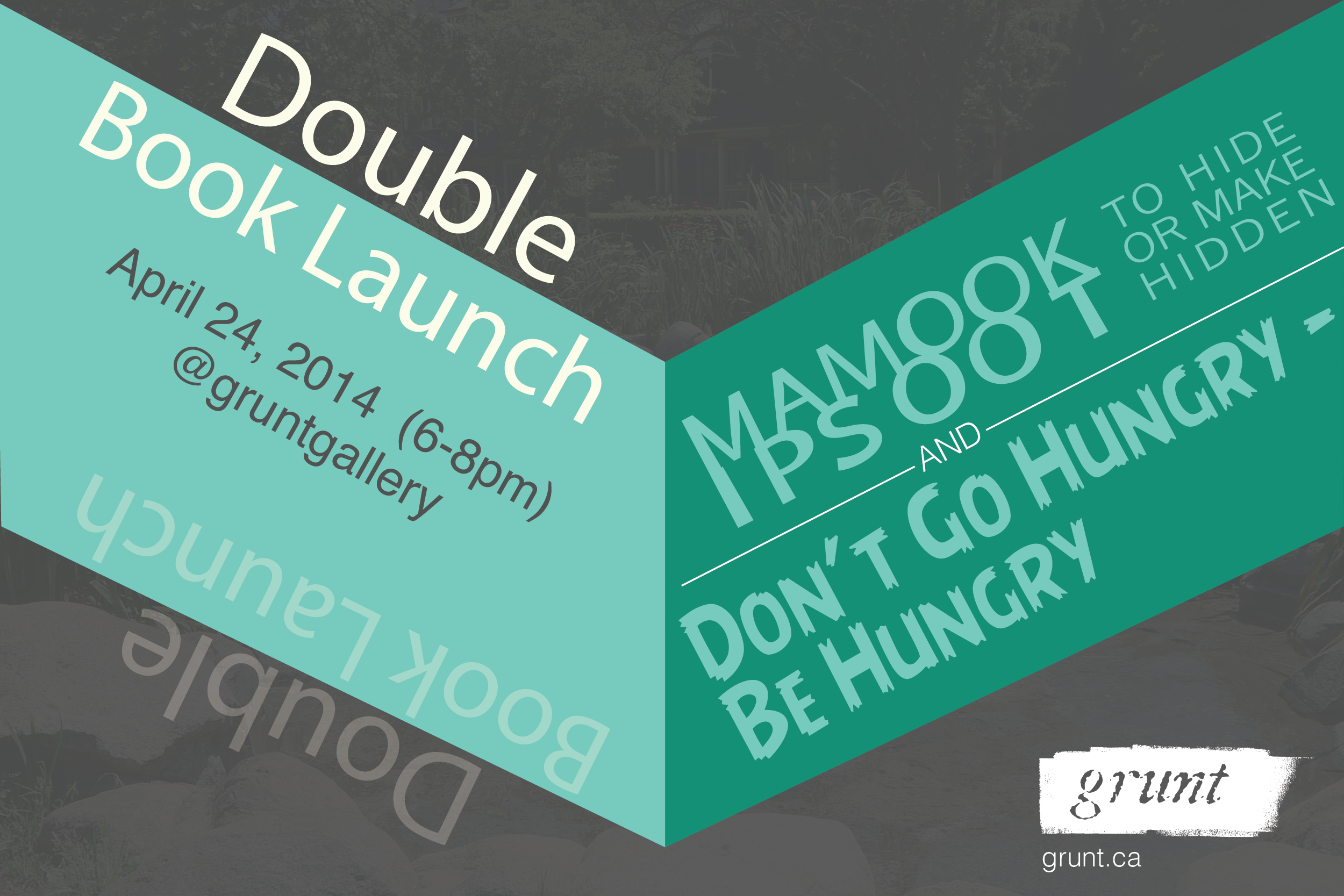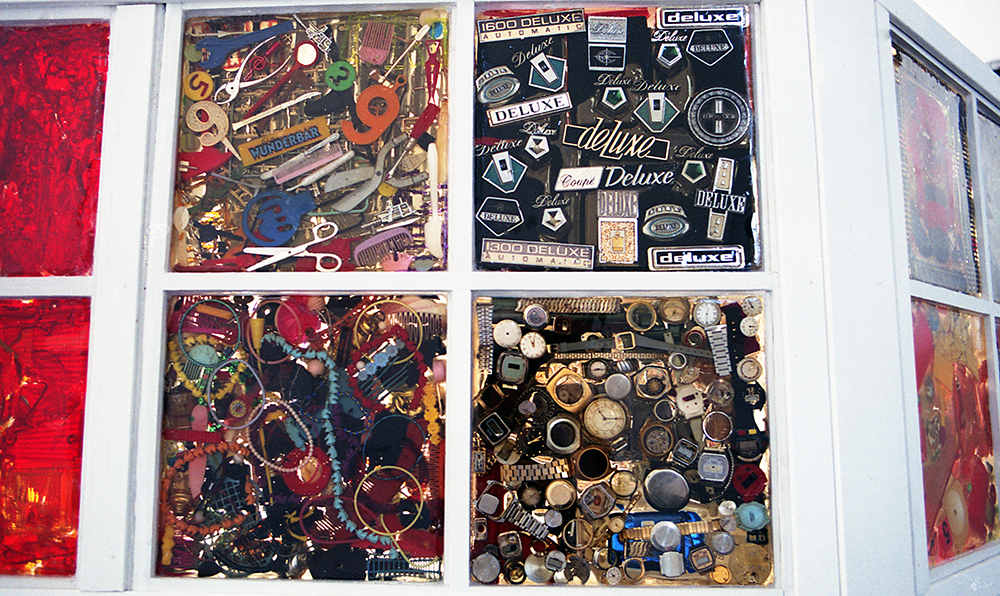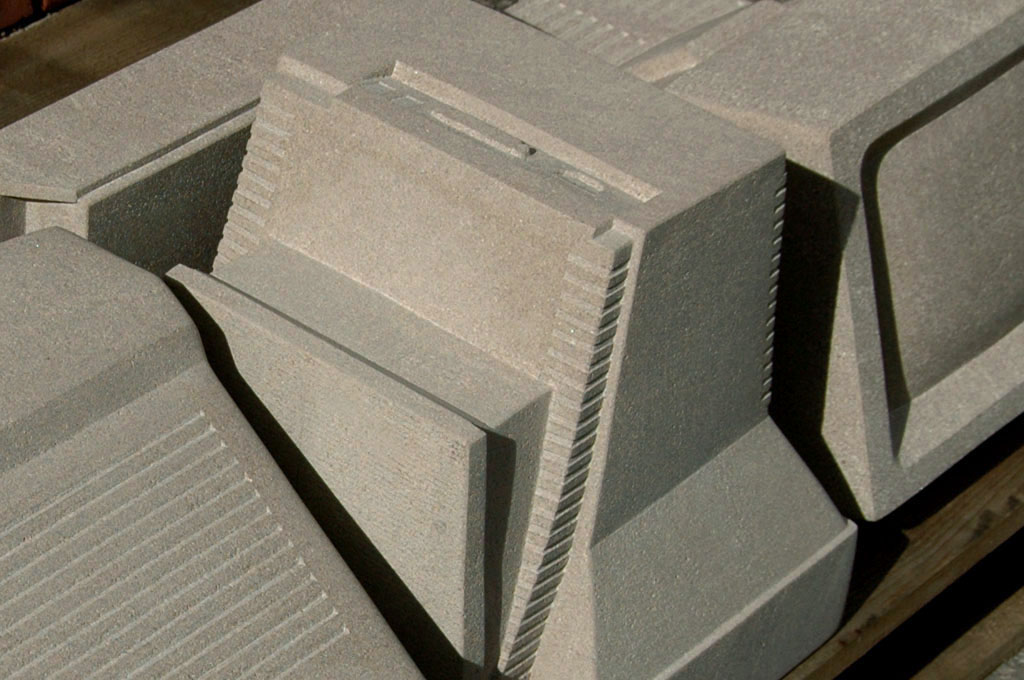Interview article by Gizem Sözen & Eylül İşcen
Having grown up in Istanbul, Turkey, both of us come from a region rich with historical layers and multi-sided political upheavals. As we were raised in this geography with its enigmatic qualities, we encountered the contradictions of everyday life heavily loaded with oppressive patriarchal culture and state violence. Therefore, we always struggle with/are interested in how to deal with those contradictions and be part of the political milieu, which constantly requires documentation, action, reflection—as students or scholars—in our writings or media works.
This might be one of the reasons why we feel in resonance with Rabih Mroué’s works, including those he has been presenting in Vancouver since early January: his exhibition Nothing to Lose at grunt gallery, and his lecture-performance Pixelated Revolution during the PuSh Festival. The questions we came up with after long discussions with the artist are strongly intertwined with our own feelings and thoughts. Those questions turned out to be quite personal and emotional on some levels and yielded a conversation that opens ways to question/rethink/transform our thoughts and feelings in parallel to Rabih Mroué’s works.
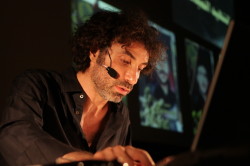
The Pixelated Revolution by Rabih Mroué
Gizem Sözen:
You call your work, Pixelated Revolution, a “non-academic lecture,” and lectures are not normally thought of as an art genre. There seems to be a tendency to approach the work as an intellectual argument, like an essay, like a lecture. What role does this aspect of the work play in what you are trying to achieve?
Rabih Mroué:
I studied theatre, so I do theatre mainly. For me theatre contains many layers: acting, story, lighting and sounds in addition to “this is the space” (gesturing to the space around him). A very important matter is how you treat the space, what relation there is between the stage and the place where the audience is sitting. For me this relation should be always under question. The works that I categorize as “non-academic lectures” are basically like performances. But what distinguishes the non-academic lectures from performance, in my opinion, is that it does not question the space at all, and I take the relation between the stage and the audience for granted. So from the beginning, I accept this relation and the audience accepts it as well. You know it is lecture form: there is a table, a chair, and I sit and I lecture to the audience. The audience listens to me and at the end we have a Q&A discussion. There is nothing special to the relation, so this is why I name it as non-academic lecture. It is not theatre and it is not performance, because it doesn’t contain the question of space. But also there are other aspects that make me call them non-academic lectures than the space issue like, for example, the lack of references and quotes, or mixing the personal with facts, the real with fiction, etc.
Eylül İşcen:
Your works seem to return to seemingly related issues, like memory, remembering and forgetting, especially within political realms of struggles, wars and revolutions. In your works, what is the central problem that you often return to that shapes the ways in which you deal with the materials you are working with?
Rabih Mroué:
There is no central problem. I try in my work not to generalize, not to go with big titles such as memory, forgetting, remembering… No, I prefer to start from a very specific point, a specific case, and try to work on it, to dig inside as much as I can to try to bring hidden elements out of it in order to make connections, to make them also react together to come out with alternative thoughts other than the norms, the clichés and stereotypes…. So in this sense each work has its own problems, its own questions, its own doubts, and consequently they also shape the work itself—whether it will be an installation or a performance or a non-academic lecture or a video. But I can also say that yes, there is a line that can connect all the works together, a line of thought that is connected maybe to my biography or my political background…
Eylül İşcen:
What fascinates us in your works is that you start with a very simple observation or question. It can be the last testimony of a martyr, or can be about a Syrian revolutionary who is shooting his own death, as you discuss in Pixelated Revolution. You start with these very basic incidents and work through them, unfolding significant tensions and relations between experiences. We see that you are going back to these incidents, these micro-moments, within larger societal issues. Can you elaborate on why going back to these small incidents is significant to your work?
Rabih Mroué:
I think every work deals with the past in one way or another. For me, when I deal with the past, it is not for bringing it to the present but instead in order to understand the present more. So we go to the past and put the past next to the present, and try to think about the future also. We imagine the future through the past and through the present, but I think present is always something that slips from our hands. So we always shift between imagining the future and re-thinking the past. We are never in the present time because when I start to talk about this moment, now, it is already gone – it is now in the past. Of course, when I work there should be something that intrigues me, that makes me question, that makes me uncertain. This is what makes me work. If I don’t feel there is something enigmatic or something that I want to research and discuss, to reflect and to discover, then I don’t do it. I bring these topics or cases from the past, whether it’s near past or far past, and talk about them in the present because I don’t understand them or because I want to re-think them. If I know exactly why I am bringing up those topics, then it is as if I have the answers, as if I am trying to convince others of my beliefs by bringing the past and showing it in whatever frame. So I think this is what might differentiate politics from political art, politicians from artists. Artists are, in a way, politicians but without a political message to address, while politicians have projects and political agendas and they want to convince people about their goals even if they still have some questions, or sometimes they hesitate but they want people to follow them, to vote for them, while art has no answers, it does not invite people to follow. On the contrary, it brings all the answers and thoughts we believe in under question and starts to shake them. It says “Let’s go back to the basic questions and definitions, and let’s see if we can change them; can we shake the rules? If yes, how?”
Gizem Sözen:
This is a difficult question because you know about the recent Gezi Parkı uprising in Istanbul. I was there, Eylül was here. Being here and not there was difficult for her, and there was a sense of guilt. In your work I, the Undersigned, you make an apology, stating that “I apologize that during the war I incurred no physical wounds, that I wasn’t kidnapped, that no one attempted to assassinate me, and that I received no personal threat.” Why an apology? This part of your work really affected us since we could relate it to a feeling of guilt we suffered from during Gezi Parkı demonstrations when we were watching protestors on internet live-streaming as they were recording the state violence targeting them and getting detained by police. Many times we felt guilty for not being injured, not being detained. But at the same time we feel uncomfortable with this sense of guilt because we feel that no one should be ready to position their body as a target to such violence for any cause. How do you approach that difficult issue of guilt?
Rabih Mroué:
What you are trying to evoke is a very important issue because when I put the statement that “I apologize for not being kidnapped, not being injured, not being a target for assassination or I, the undersigned,threatened by anybody,” I was trying to play with it. Because I noticed that some citizens who stayed the whole period of the civil war in Lebanon were aggressive towards other citizens who did not stay in Lebanon or who left the country during the war and by consequence were not allowed to talk about “our war” since they did not experience it or since they fled the city etc. It is as if, if you stay in the country, live the war and suffer it with your body, then you gain a kind of passport that gives you the right to talk about it and to stop any “other” person who would like to talk about it. As if you gain a “truth” that allows you to be the presenter and representer of the period. Actually, I went too into this trap, but in fact it does not need much to discover that this is a naïve, childish attitude because there are a lot of valuable studies and excellent reflections that have been done by writers or artists or philosophers who did not live a war or the specific event that they are dealing with. Anyone has the right to talk on any subject she or he wants to…and one can make serious work by studying and working and also by researching and asking about this subject, by really trying to understand… Of course it would not be the same result as someone who lived the events, but this also does not mean that the latter would talk about it in a good way or even in an interesting way… If we did not live the danger, that doesn’t mean that we don’t have the right to talk about the issue.
Gizem Sözen:
Our last question is about your approach to the binary of fictive and real. There seems to be a common obsession to question the truth behind an image; many are concerned with fictiveness and constructedness of an image, and hesitate to believe in it. How do you deal with this binary of fictive and real?
Rabih Mroué:
It is something that I worked on for long time with my partner, Lina Saneh. We don’t believe that there is an absolute truth. There are always different points of view and different angles to look into the same thing. No one can pretend to have all the versions that talk about a specific event. There could be some versions missed, some angles that haven’t been seen, and we shouldn’t blame ourselves that we couldn’t cover all the angles, because it is an impossible task. In this sense, there is always a part that is missing and a part that is bit fictive and maybe relates to the subjective. So subjectivity and objectivity are two things that work together. They are not separated from each other; at least we don’t separate them. We try to take cases and put inside them some fictive elements, but not in order to cheat the audience; on the contrary, it is in order to tell them and tell ourselves that in every narrative there is a part of fiction and part of real, and the issue is that we cannot distinguish the real from the fiction and the fiction from the real. If we are trying to do that, then we will be falling into the dichotomy trap, a binary discourse between fiction and reality, lie and truth, good and evil. For Lina and I, we try to accept any version, even if we notice that this version is completely fabricated; we accept it as the reality of the side that is telling this version and we study it as it is. We take it and study it as if it is true and start to deconstruct this version and to ask questions about it and try to understand what it shows and what it hides, but without accusing, without saying that they are lying, they are manipulating the truth. We just try to understand the political and social discourse behind this version. There are always some people who come to me and ask if “this was a fiction or real?” I always say that it doesn’t matter. I am proposing this work to you, so just take it as it is and think about its meaning. I am not aiming to change the world; my work is only about raising some questions and some thoughts — some doubts to make us think together.
